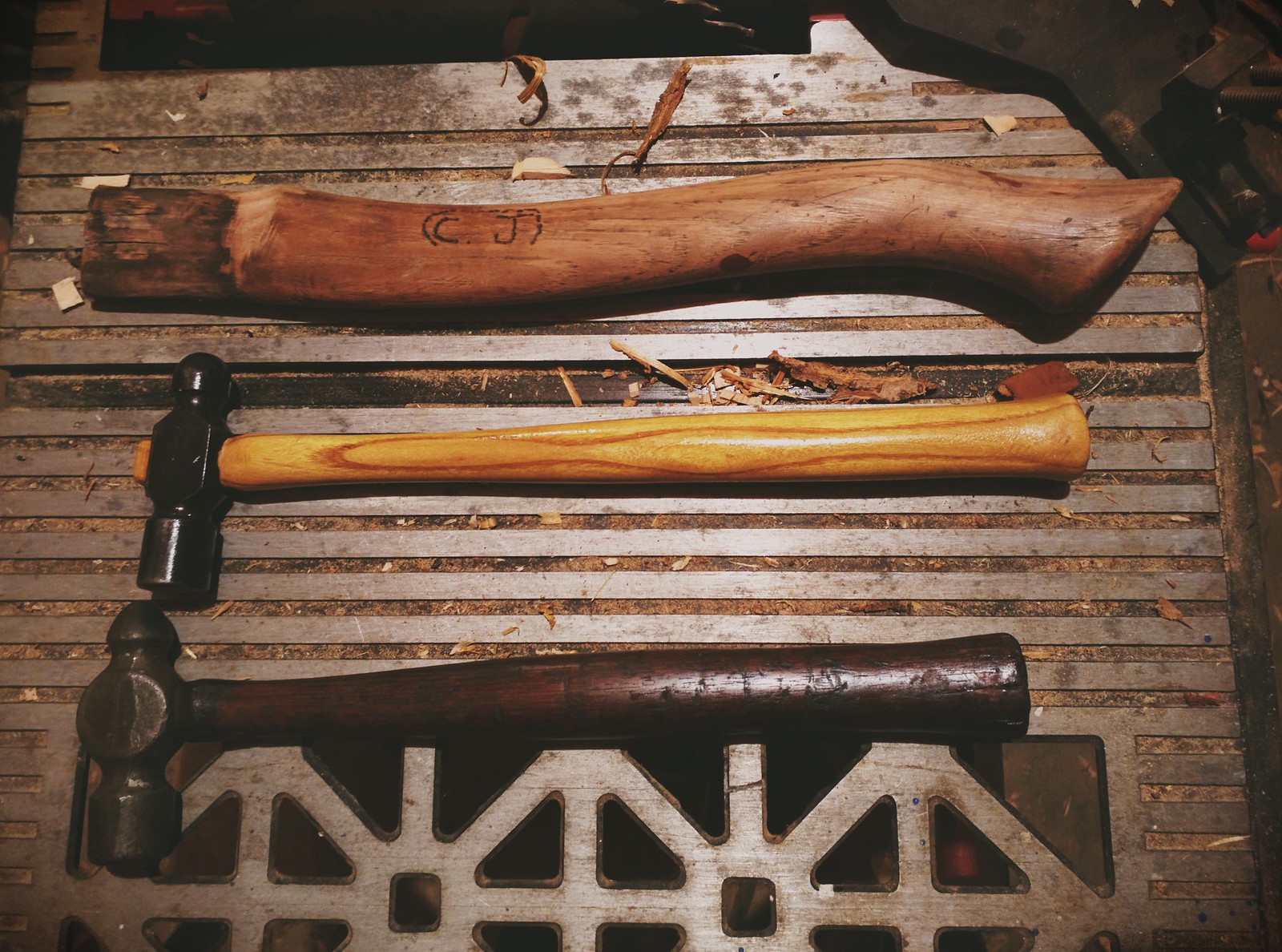Hickory n steel
Gold Member
- Joined
- Feb 11, 2016
- Messages
- 18,923
I was out doing a little chopping with my sub zero today and I noticed that I have to come in at a fairly shallow angle in order for it to really bite into the wood, is this normal ?
I was out doing a little chopping with my sub zero today and I noticed that I have to come in at a fairly shallow angle in order for it to really bite into the wood, is this normal ?



The image at the bottom of the diagram should give you a good indication of the angle that you should be chopping at. This is for cross grain chopping, you want to avoid coming in at 90°, I believe 45° is the general rule but I could be wrong. So it would be a more acute angle if thats what you mean. Going with the grain generally used for splitting you should notice that it bits in readily at 90°. Cross grain at 90° mine will not generally go past the bit unless it is something like a 1" limb, at the proper angle though it should bit in fairly deeply unless you are working with a well seasoned hardwood in which case much more effort is required regardless of the tool. With the Mini I find you can get a lot done if you are open to different tricks to help along the way. For example making a wooden wedge to help splitting larger wood, and using the notch and stomp method rather than trying to chop clear through a 5" dried limb.

/\ This photo sort of sums up the angle that I use to start a v using an 8oz hatchet. It's a light tool so angle and accuracy are more important than with a heavier tool in my experience. The only other advice I can give is to use your wrist like you would with a fishing pole or properly using a hammer. Not like that guy using a tack hammer for framing work, white knuckles stiff wrists and trying to power it using his shoulder and upper arm. I get the feeling you'll understand that reference. I spent a summer framing houses. I'm still more accurate with my Craftsman (probably Vaughan) framing hammer than the typical tack hammer most home owners use ;-)
I was out doing a little chopping with my sub zero today and I noticed that I have to come in at a fairly shallow angle in order for it to really bite into the wood, is this normal ?
I've notice this with my mini-hatchets. I think they lack the mass to penetrate at steeper angles.
I have an older Vaughan with the same stamp, doesn't happen to have red paint in the eye does it? Looks like you did a great job sharpening it up. Nice ball peen as well, I have a little one that I picked up for 25¢ at a yard sale. It's a great little hammer, might be a little larger than yours however.
25c for a vintage little ball peen damn I hate you right now
, I still need to find myself a ( vintage of course, because I like patina ) 6oz'er to help with the non functional miniature Knives I forge from 16D nails.

I couldn't find a hammer small enough to work on my miniature knives, so I made one from a small grade 8 bolt.
 ( FYI the date stamp is wrong )
( FYI the date stamp is wrong ) 

I should have been more clear; I was talking about a hammer small enough to peen rivets/pins on knives that size; not for forging the blades out. While it can be done with the hammer in your picture, I wanted something smaller and lighter. Your knives look great though. The little flint strikers are awesome.
